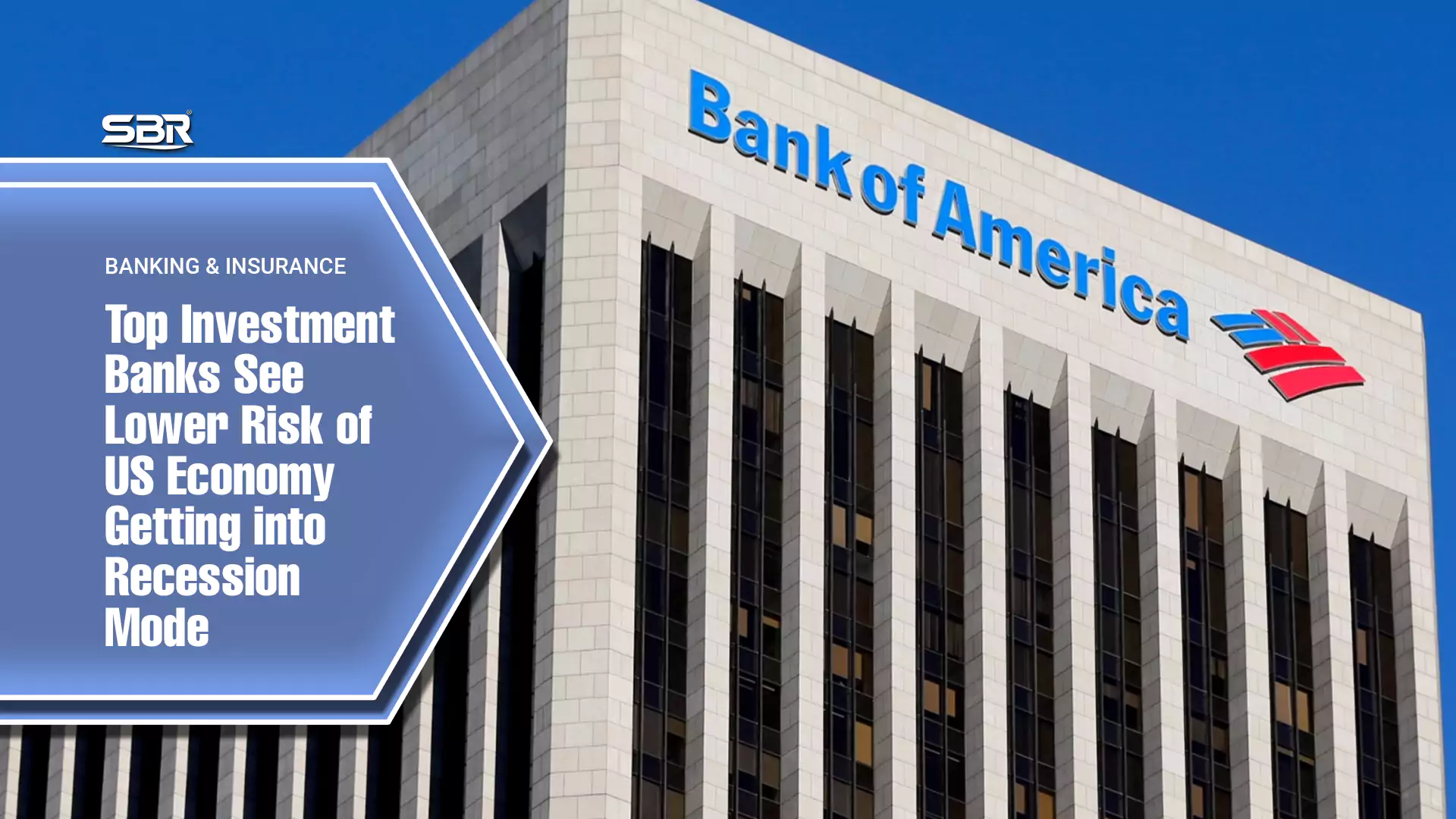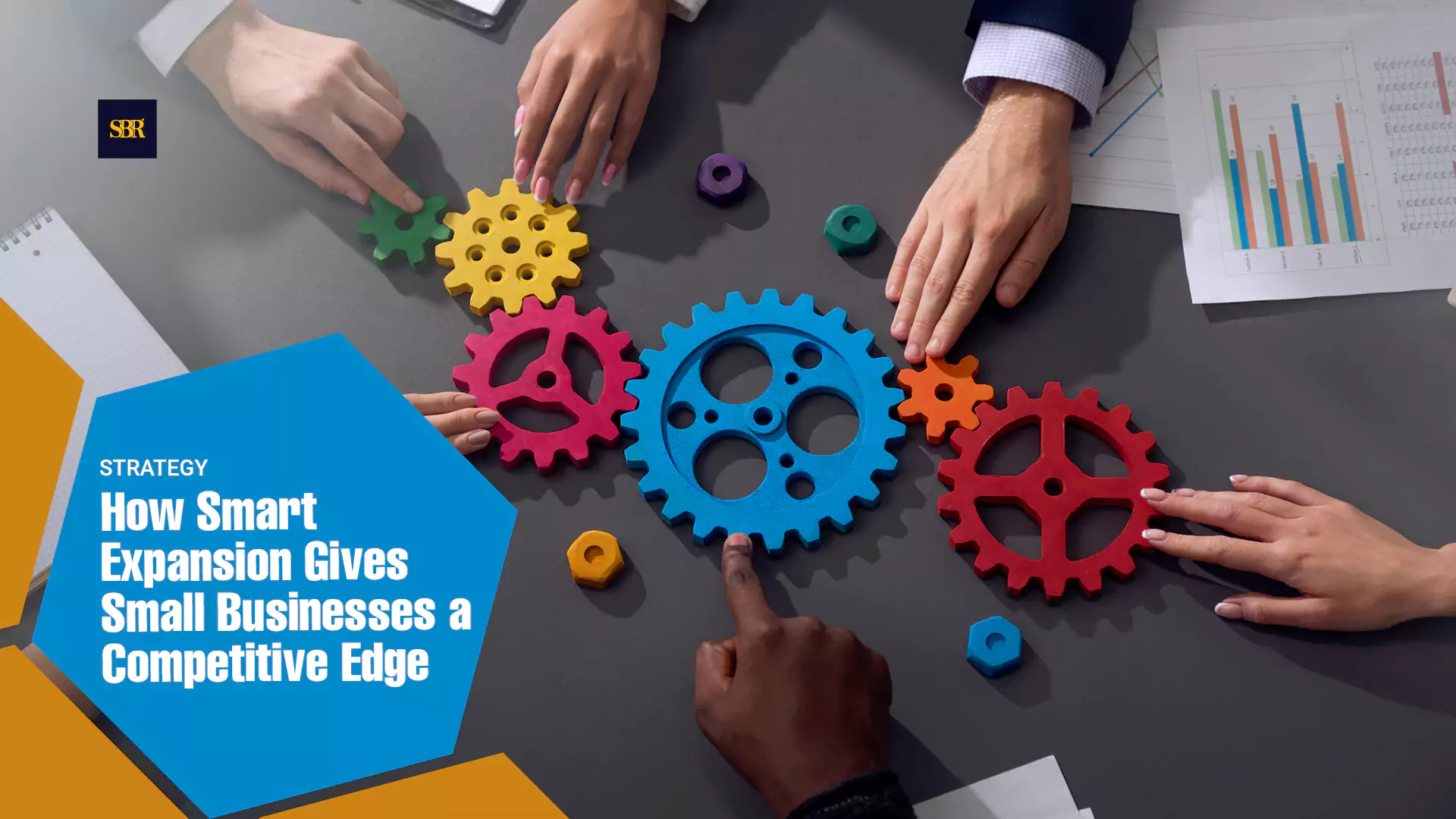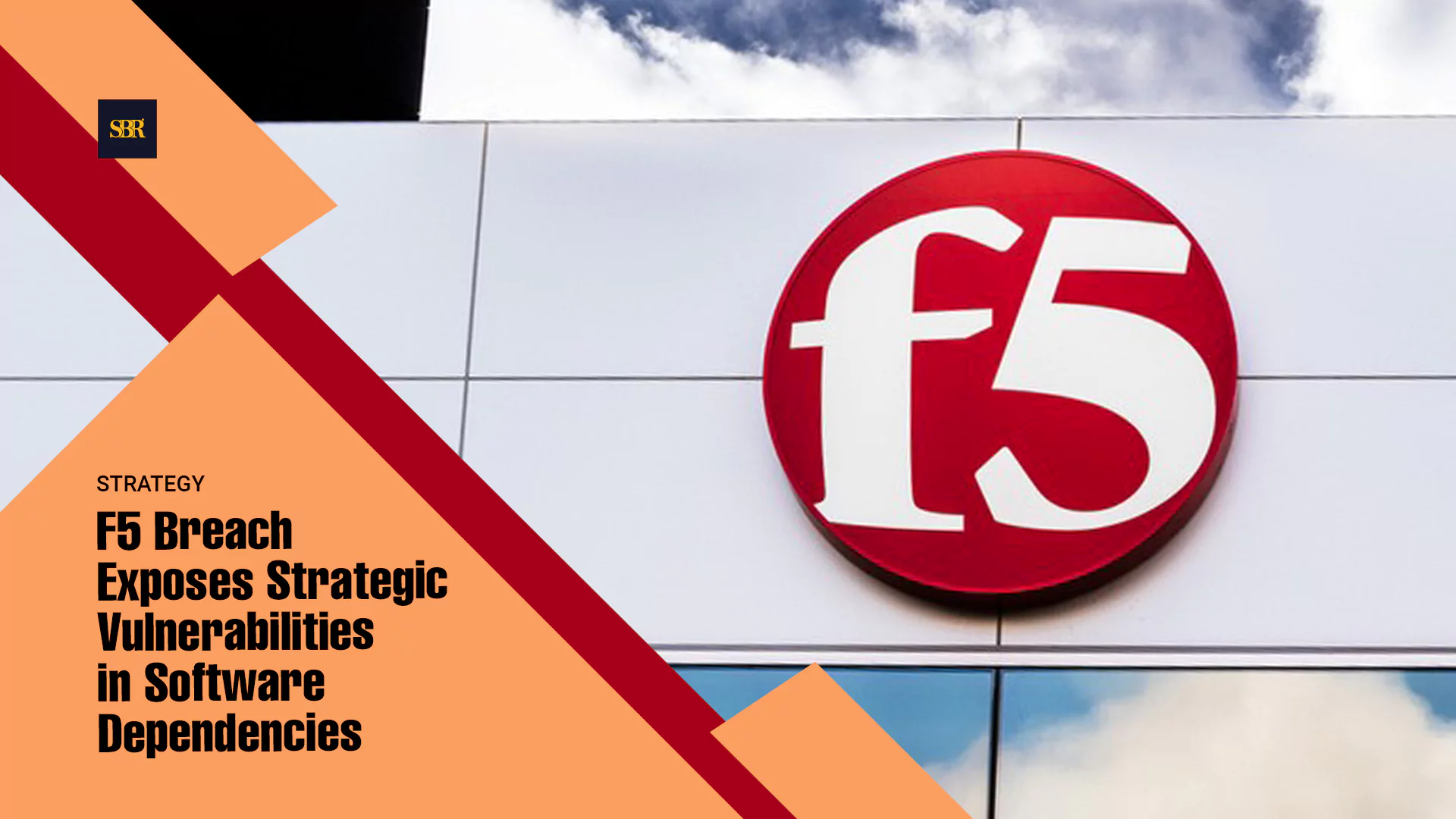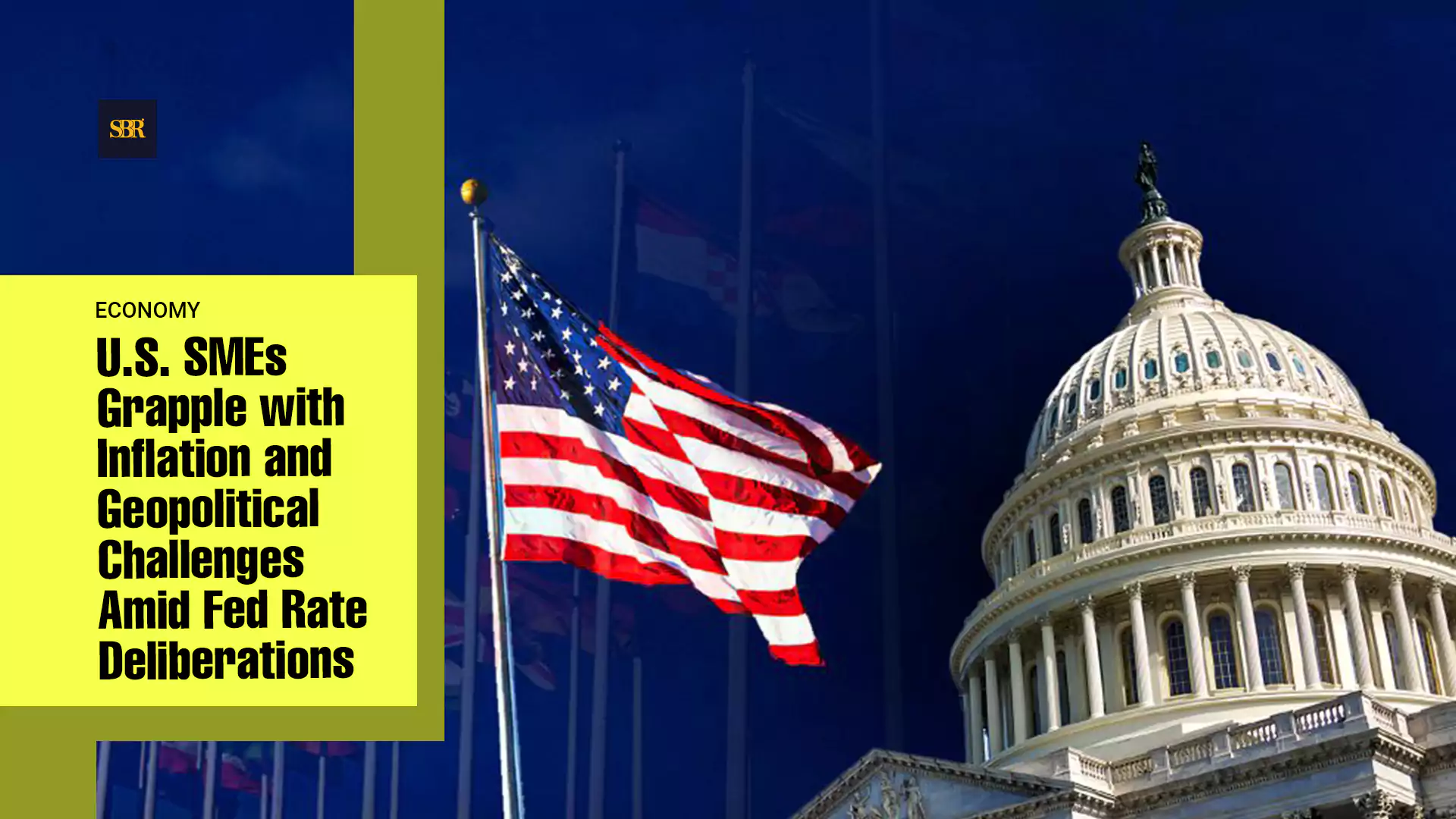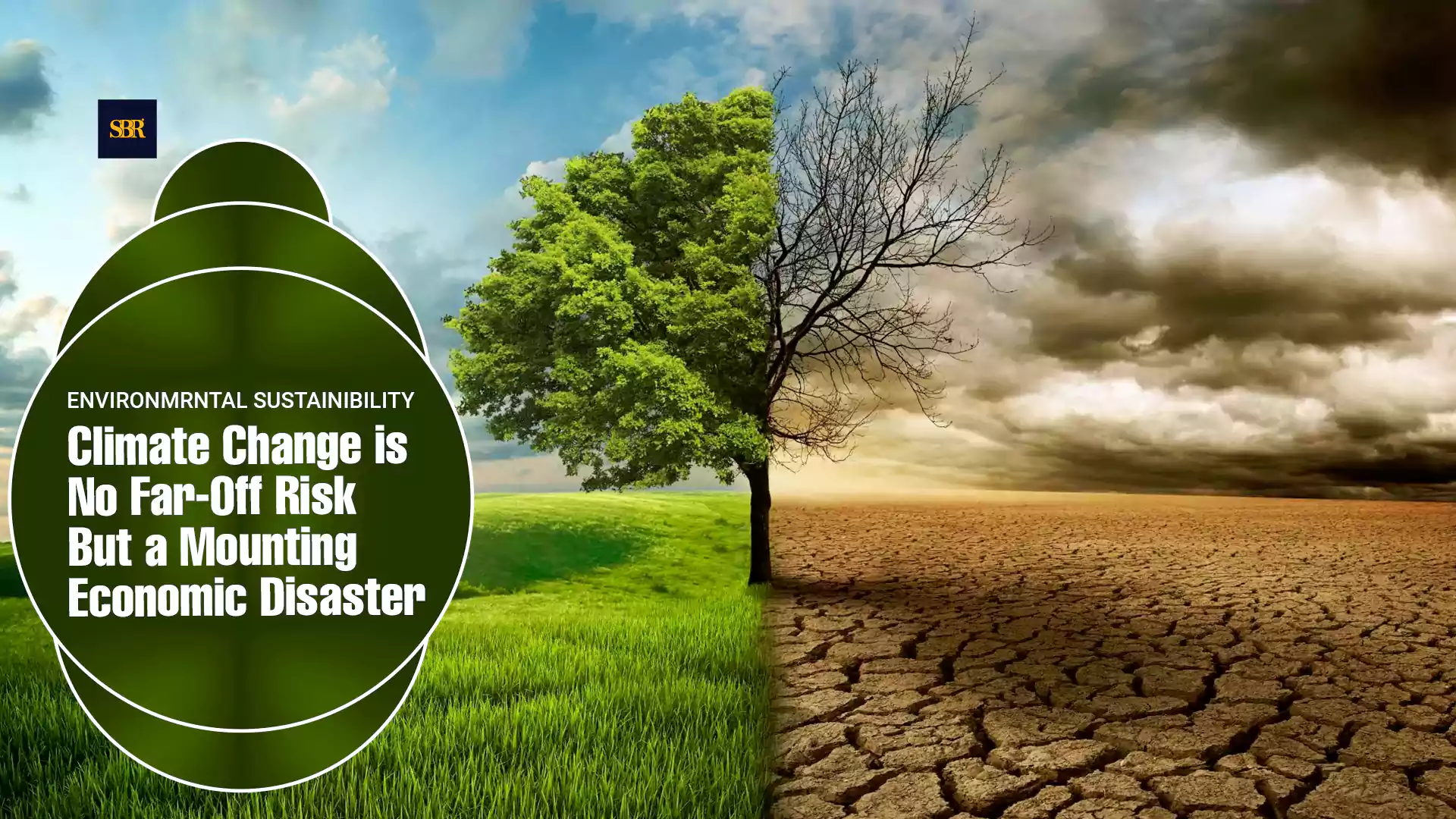NEW YORK, July 2, 2025 — In March this year, during the Australian Financial Review Business Summit in Sydney, when discussing the likelihood of a recession, Goldman Sachs CEO David Solomon said the chances are "very small".
Goldman Sachs is one of the premier investment banks in the country and gauges the economic barometer closely.
In terms of the growth cycle, it was encouraging that Solomon didn’t consider a recession a very likely outcome yet. Not everyone is panicking over recession risk. The economy is not heading into recession in the latter half of 2025, Carson Group's Ryan Detrick told CNBC.
Goldman Sachs economists Ronnie Walker and David Mericle said the C-suite chatter shows leaders are downbeat about the economy, but not so much that a recession seems inevitable. Goldman does expect unemployment to tick up and the annual inflation rate to rise to more than 3 percent from its current mid-2 percent levels, but doesn't forecast a recession.
De-escalation of Trade Tensions
The probability of a recession has fallen to 40 percent, J.P. Morgan said in a research note. The recent de-escalation of trade tensions will likely reduce the risk of a US and global recession this year, it said.
J.P. Morgan Research has reduced the probability of a US and global recession occurring in 2025 from 60 percent to 40 percent.
However, a period of sub-par growth could lie ahead, especially as the US tariff shock could still be material, it further said.
The Fed is not expected to start easing until December, with three sequential cuts thereafter, reaching a policy rate of 3.25–3.5 percent by the second quarter of 2026.
“We no longer see a US recession, but expect material headwinds to keep growth weak through the rest of this year,” said Joseph Lupton, Global economist, JP Morgan.
HSBC Private Bank’s Global CIO, Williem Sels sees no US recession risk, stays positive on India, China, Singapore.
Sels said the firm remains overweight on US equities and sees continued momentum in the market, supported by stable growth expectations and earnings outlook.
Speaking from India at the end of a month-long client roadshow across Asia, Sels noted that most investors no longer expect a recession or stagflation.
“We are looking for 1.8 percent gross domestic product (GDP) growth in the US and 11 percent earnings growth,” Sels said. He added that policy uncertainty now carries “two-way risks,” with some instances of adjustments following market pressure, which is seen as a positive by investors.
Sels advised against trying to time the market, emphasising the importance of long-term investing. “It is very dangerous to try to time the market…compounding is the eighth wonder of the world,” he said, highlighting the importance of building resilient, diversified portfolios to weather ongoing uncertainty.
Market Volatility and Banks
Suryansh Sharma, a Senior Equity Analyst for Morningstar Research Services said banks can benefit from market volatility, while cautioning that excess volatility can lead to crash of markets.
“I think certain types of market volatility is good for banks. So especially in their trading and principal transaction business. If there is more market volatility, it can lead to a higher bid-ask spread. It can lead to more transaction volume. It could lead to more demand for hedging instruments or derivatives,” said Sharma.
However, he said at the same time, we have to be careful that we don’t have a lot of volatility, which ensures to avoid a market crash.
“These businesses do keep a lot of securities investments on their balance sheet because they act like a principal, as a broker/dealer. Some of those securities could lose value, or they could lose a lot of money in some of the derivatives that they underwrite. So, some amount of volatility is good, but we don’t want a market crash and the current volatility that we are seeing, I would say, on a net basis, is unconditionally bad for US banks,” he said.
Will US Economy Enter ‘R’ Zone?
While last several weeks saw tariff-related business disruptions, economic uncertainties and market volatility, ongoing trade talks have eased widespread fears of a 2025 recession. “Beyond those encouraging signs, there are other reasons to believe we will avoid a recession,” says Marci McGregor, Head of Portfolio Strategy for the Chief Investment Office (CIO), Merrill and Bank of America Private Bank. “At a difficult moment, the US economy has shown remarkable resilience.”
In a video interaction, McGregor explained why and how consumer spending and the labor market have outperformed expectations despite widespread fears that both might wither in the wake of trade disputes. “While a recession could still happen, the power of the US economy and higher individual wealth relative to liabilities have buffered the economy,” McGregor says.
JP Morgan Research highlights why the probability of a recession has fallen so significantly. It says the détente between the US and China points to a reduced US tariff tax hike and a smaller slide in global sentiment. “Consequently, the U.S. economy is expected to skirt a recession, although the drag on second-half growth could still be significant,” it said.
“The recent backtrack on US–China tariffs has altered our thinking in two important ways. First, the size of the tariff tax hike has been scaled down, imparting less of a purchasing power squeeze. Second, the quick unilateral tariff reversal by President Trump is signaling less tolerance for ‘short-term pain, long-term gain,’” said Joseph Lupton, a global economist at J.P. Morgan. “As a result, we no longer see a US recession, but expect material headwinds to keep growth weak through the rest of this year.”
However, future developments in US policy could generate additional surprises. Negotiations with trading partners will likely be carried out in the coming weeks, with varying results. At the same time, the US now looks set to take an easier fiscal policy stance than previously expected for the 2026 financial year. “On balance, we still see considerable downside risk, with a 40 percent probability of a US and global recession,” Lupton said.
Modest Growth in Q3, Q4
In its earlier note on June 12, Goldman Sachs Chief Economist Jan Hatzius offered a confident view on the impact of tariffs on the economy as it pertains to the second half of the year. Hatzius sees inflation data – so far – suggesting a slightly smaller impact on consumer prices, alongside the easing of financial conditions to pre-tariff levels and moderation in overall trade policy uncertainty. Hatzius now estimates the probability of a U.S. recession at 30 per cent– slightly down from a prior view of 35 percent. On a per-quarter basis, Goldman Sachs believes that Q2 GDP will soar to 3.8 percent amid “distortions related to frontloading of imports” ahead of tariffs before a more modest but positive growth trend re-emerges with a 0.6 percent expansion in Q3 and 0.9 percent in Q4.
While last several weeks saw tariff-related business disruptions, economic uncertainties and market volatility, ongoing trade talks have eased widespread fears of a 2025 recession.
Inputs from Saqib Malik
Editing by David Ryder
